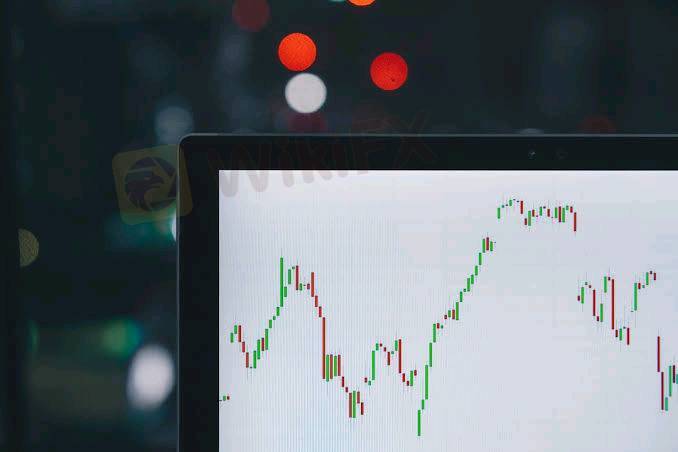
2025-01-20 17:02
NgànhTechnical Analysis in Forex Trading
#firstdealofthenewyearFATEEMAH
Technical Analysis in Forex Trading: A Key Tool for Market Insights.
Technical analysis is a powerful tool for forex traders seeking to gain valuable insights into market trends and patterns. By examining historical price data and applying various analytical techniques, traders can make informed decisions about buying, selling, and managing risk in the fast-paced foreign exchange market. Here's a comprehensive look at the role of technical analysis in forex trading:
Price Charts: Technical analysts use price charts to visualize and study historical exchange rate data, revealing trends and patterns that can help predict future price movements. Common chart types include line, bar, and candlestick charts.
Technical Indicators: These mathematical calculations based on price, volume, or open interest data provide additional insights into market sentiment and momentum. Popular indicators include Moving Averages, Relative Strength Index (RSI), and Bollinger Bands.
Trend Analysis: Identifying uptrends, downtrends, and consolidation periods allows traders to determine the overall market direction and potential entry or exit points.
Support and Resistance Levels: These levels indicate price points where demand or supply is expected to increase, causing price movements to pause, reverse, or break through. Traders use these levels to identify potential trading opportunities and manage risk.
Chart Patterns: Recurring chart patterns, such as head and shoulders, triangles, and double tops/bottoms, provide insights into price movement behavior and potential trend reversals.
Risk Management: Technical analysis helps traders manage risk by identifying stop-loss levels and position sizing strategies based on chart patterns, support/resistance levels, and volatility.
Combining Technical and Fundamental Analysis: While technical analysis focuses on price action, combining it with fundamental analysis (which examines economic indicators and news events) provides a more comprehensive view of the market.
Technical analysis plays a vital role in forex trading, offering valuable tools and insights for understanding market behavior and making informed trading decisions. By mastering technical analysis techniques and incorporating them into their strategies, traders can improve their risk management and overall success in the dynamic foreign exchange market.
Thích 0
FX1439170350
Mangangalakal
Bình luận phổ biến
Ngành
Có cao quá k?
Ngành
Xin ý kiến liberforex
Ngành
Đầu tư CDG
Ngành
Cắt lỗ
Ngành
Có nên chốt lỗ?
Ngành
Hỏi về dòng tiền
Phân loại diễn đàn

Nền tảng

Triển lãm

IB

Tuyển dụng

EA

Ngành

Chỉ số thị trường

Chỉ số
Technical Analysis in Forex Trading
 Indonesia | 2025-01-20 17:02
Indonesia | 2025-01-20 17:02#firstdealofthenewyearFATEEMAH
Technical Analysis in Forex Trading: A Key Tool for Market Insights.
Technical analysis is a powerful tool for forex traders seeking to gain valuable insights into market trends and patterns. By examining historical price data and applying various analytical techniques, traders can make informed decisions about buying, selling, and managing risk in the fast-paced foreign exchange market. Here's a comprehensive look at the role of technical analysis in forex trading:
Price Charts: Technical analysts use price charts to visualize and study historical exchange rate data, revealing trends and patterns that can help predict future price movements. Common chart types include line, bar, and candlestick charts.
Technical Indicators: These mathematical calculations based on price, volume, or open interest data provide additional insights into market sentiment and momentum. Popular indicators include Moving Averages, Relative Strength Index (RSI), and Bollinger Bands.
Trend Analysis: Identifying uptrends, downtrends, and consolidation periods allows traders to determine the overall market direction and potential entry or exit points.
Support and Resistance Levels: These levels indicate price points where demand or supply is expected to increase, causing price movements to pause, reverse, or break through. Traders use these levels to identify potential trading opportunities and manage risk.
Chart Patterns: Recurring chart patterns, such as head and shoulders, triangles, and double tops/bottoms, provide insights into price movement behavior and potential trend reversals.
Risk Management: Technical analysis helps traders manage risk by identifying stop-loss levels and position sizing strategies based on chart patterns, support/resistance levels, and volatility.
Combining Technical and Fundamental Analysis: While technical analysis focuses on price action, combining it with fundamental analysis (which examines economic indicators and news events) provides a more comprehensive view of the market.
Technical analysis plays a vital role in forex trading, offering valuable tools and insights for understanding market behavior and making informed trading decisions. By mastering technical analysis techniques and incorporating them into their strategies, traders can improve their risk management and overall success in the dynamic foreign exchange market.
Thích 0
Tôi cũng muốn bình luận.
Đặt câu hỏi
0bình luận

Chưa có người bình luận, hãy là người bình luận đầu tiên

Đặt câu hỏi
Chưa có người bình luận, hãy là người bình luận đầu tiên